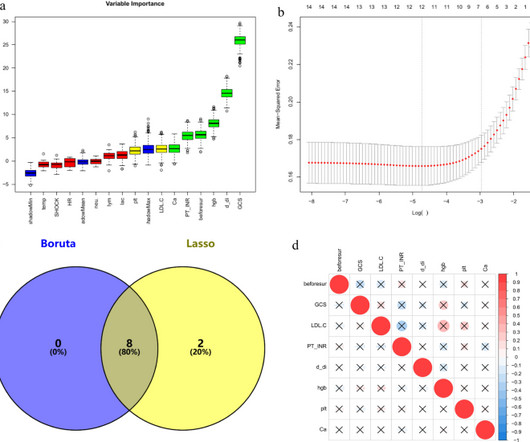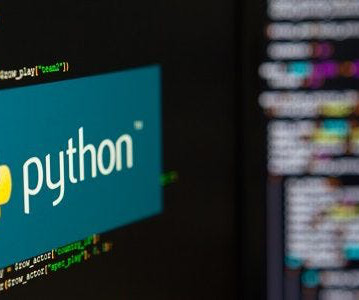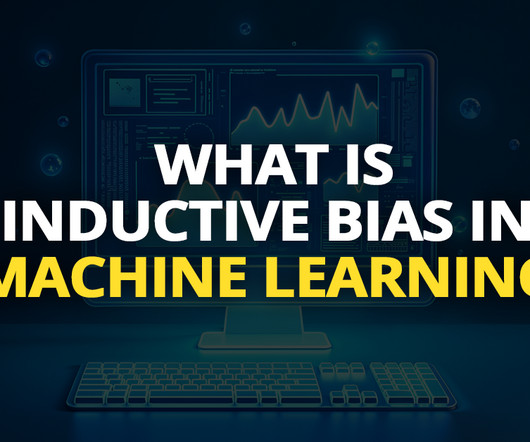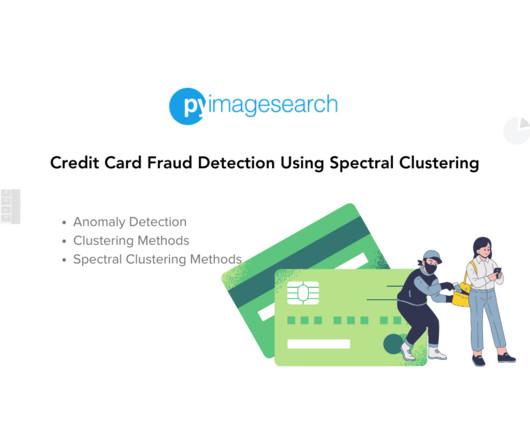Interpretable machine learning for predicting optimal surgical timing in polytrauma patients with TBI and fractures to reduce postoperative infection risk
MAY 25, 2025
The analysis included 218 patients admitted to Qilu Hospital of Shandong University from July 2011 to April 2024. Feature selection via the Boruta and LASSO algorithms preceded the construction of predictive models using Random Forest, Decision Tree, K-Nearest Neighbors, Support Vector Machine, LightGBM, and XGBoost.












Let's personalize your content